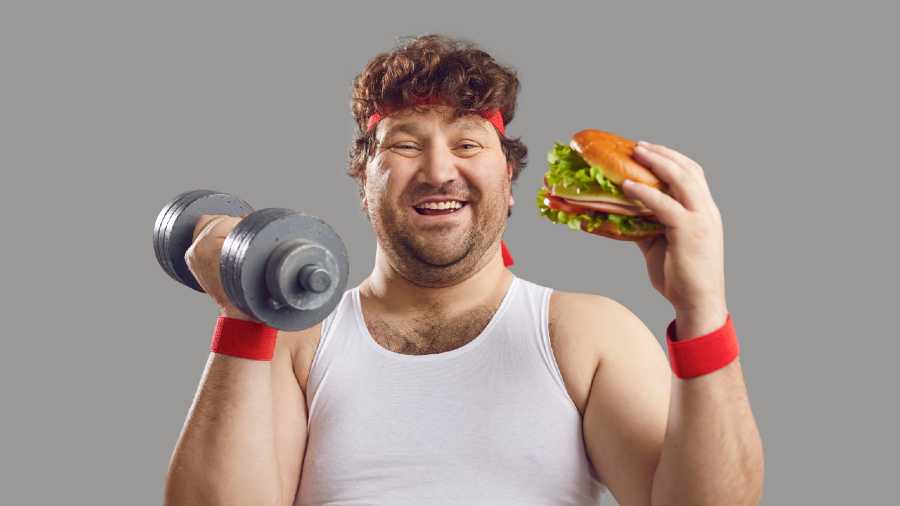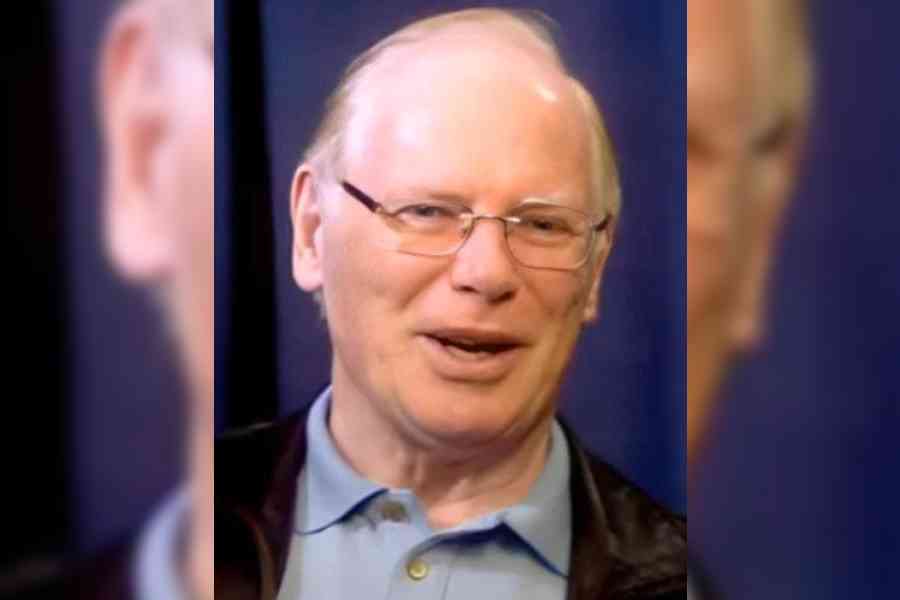A new study, which involved overweight, sedentary men and women and several types of moderate exercise, found that people who worked out did not overeat afterward at an enticing buffet lunch. However, they also did not skip dessert or skimp on portions.
For most of us, exercise affects our weight and hunger in unexpected and sometimes contradictory ways. According to multiple scientific studies, few people who start to exercise drop as many pounds [or kilos] as the number of calories they burn working out would foretell.
Some recent research suggests this occurs because our bodies stubbornly try to hang on to our fat stores, an evolutionary adaptation that protects us against (unlikely) future famines. So, if we burn calories during exercise, our bodies might nudge us to sit more afterward or reallocate energy from some bodily systems to others, reducing our overall daily energy expenditure. In this way, our bodies unconsciously compensate for many of the calories we burn exercising, reducing our chances of dropping pounds by working out.
But that caloric compensation happens slowly, over the course of weeks or months, and involves energy expenditure. It has been less clear whether and how exercise influences our energy intake — that is, how many servings of food we consume — especially in the hours immediately after a workout.
Some studies indicate that exercise, especially if it is strenuous and prolonged, tends to blunt people’s appetites, often for hours or into the next day. This phenomenon prompts them to take in fewer calories at subsequent meals than they would had they not exercised. But other studies suggest the opposite, finding that some people feel hungrier after workouts of any kind and soon replace the calories they expended — and then some — with an extra helping or two at their next meal.
Many of those studies, though, relied on healthy, fit and active young men and women as subjects. Fewer experiments have looked at how exercise might immediately affect appetite and eating in older, overweight, sedentary adults, and even fewer have studied the effects of resistance training as well as aerobic exercise.
The new study was published in Medicine & Science in Sports & Exercise. Scientists at the University of Utah in Salt Lake City, the University of Colorado Anschutz Medical Campus in Colorado and other institutions [in the United States] advertised for volunteers in Colorado willing to exercise and eat, for the sake of science.
Winnowing hundreds of replies, they wound up with 24 men and women, ranging in age from 18 to 55, who were overweight or obese and generally inactive. They invited everyone to visit the lab first thing in the morning, fed them breakfast, and then, on separate days, had them sit quietly, walk briskly on a treadmill or lift weights for about 45 minutes.
Before, during and for three hours afterward, the researchers drew blood to check for changes in hormones related to appetite and asked people how hungry they felt. They also let everyone help themselves to a buffet lunch, while unobtrusively monitoring how much food people consumed.
Then the researchers compared hormones, hunger and actual eating and found odd disconnects. In general, people’s hormones shifted after each exercise session in ways that could be expected to reduce their appetites. But the study’s participants did not report feeling less hungry — nor did they report feeling hungrier — after their workouts compared with when they had sat. And at lunch, they ate about the same amount, about 950 calories worth of lasagna and the other buffet foods, whether they worked out or not.
The upshot of these results suggests that, at the very least, brisk walking or light weight lifting may not affect our subsequent eating as much as “other factors,” such as the aroma and oozing gustatory delights of lasagna (or buttery rolls or pie), said Tanya Halliday, an assistant professor of health and kinesiology at the University of Utah, who led the new study. People’s appetite hormones may have dropped a bit after their workouts, but those drops did not have much effect on how much they ate afterward.
Still, exercise burned some calories, she said — about 300 or so each session. That was less than the nearly 1,000 calories the volunteers consumed on average at lunch, but hundreds more than when they sat. Over time, this difference might help with weight control, she said.
Of course, the study has obvious limitations. It looked at a single session of moderate, brief exercise by a couple dozen out-of-shape participants. People who work out regularly, or who do more strenuous workouts, might respond differently.
NYTNS











